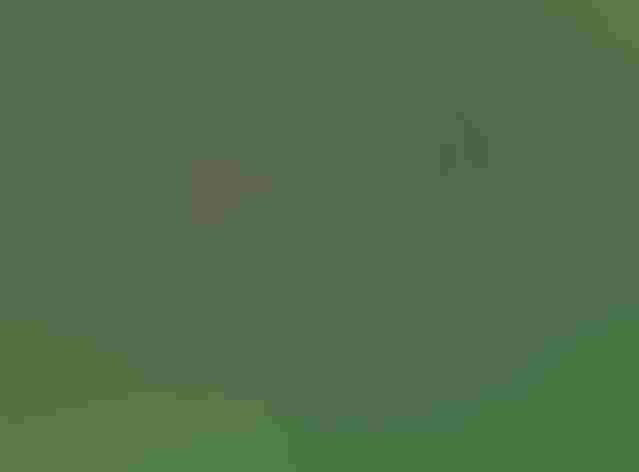Chestnut-backed Chickadee
At a Glance
The most colorful of the chickadees, the Chestnut-backed is common in the Northwest. Inland, it may overlap in range with up to three other close relatives; but in the very humid coastal belt, in wet forests of hemlock and tamarack, this is the only chickadee present. In those surroundings its rich chestnut colors may be hard to see, but it can still be recognized by its husky, fast chick-a-dee calls.
All bird guide text and rangemaps adapted from Lives of North American Birds by Kenn Kaufman© 1996, used by permission of Houghton Mifflin Harcourt Publishing Company. All rights reserved.
Category
Chickadees and Titmice, Perching Birds
IUCN Status
Least Concern
Habitat
Forests and Woodlands, Shrublands, Savannas, and Thickets
Region
Alaska and The North, California, Northwest, Rocky Mountains, Western Canada
Behavior
Direct Flight, Flitter, Rapid Wingbeats
Population
12.000.000
Range & Identification
Migration & Range Maps
Mostly permanent resident. Individuals may wander short distances in fall and winter.
Description
4 1/2 -5" (11-13 cm). Rich chestnut back and sides contrasting with gray wings; sooty brown cap (may look black). (In the form found along the central California coast, the sides are gray, not chestnut.) Where it overlaps with Boreal Chickadee locally in northwest, Chestnut-backed is always much more richly colored.
Size
About the size of a Sparrow
Color
Black, Brown, Gray, Red, White
Wing Shape
Rounded
Tail Shape
Notched, Rounded, Square-tipped
Songs and Calls
A squeaky chick-a-dee, somewhat shriller and faster than that of other chickadees. Often simply utters a thin tsee-deee and thin lisping notes.
Call Pattern
Falling, Flat
Call Type
Buzz, Chirp/Chip, Trill
Habitat
Moist conifer forests; adjacent oaks, shade trees. In much of its range, a bird of dense, moist coniferous forest, with trees such as spruce, fir, tamarack, hemlock, and others. In southern part of range, lives in pine-oak woods and in redwood forest with understory of alders and willows, also in oak woods and in groves of willows along streams.
Sign up for Audubon's newsletter to learn more about birds like the Chestnut-backed Chickadee
Behavior
Eggs
6-7, sometimes 5-9. White, with fine reddish brown dots concentrated at larger end; sometimes unmarked white. Incubation is probably by female, but details not well known. If disturbed, adult on nest flutters wings and makes loud hissing noise.
Young
Probably cared for by both parents. Development of young and age at first flight not well known.
Feeding Behavior
Forages mostly by hopping among twigs and branches and gleaning food from surface, often hanging upside down to reach underside of branches. Often probes in crevices in bark, and sometimes takes food while hovering. Readily comes to bird feeders for seeds or suet. May store food, recovering it later.
Diet
Mostly insects, seeds, berries. Feeds on a wide variety of insects, including caterpillars, moths, beetles, leafhoppers, scale insects, small wasps, and others. Also eats spiders, seeds (especially of conifers), and berries.
Nesting
Nesting behavior is not well known. Members of pair may remain together all year. Nest site is in hole in tree, usually low, 2-20' above ground; can be much higher (reportedly up to 80"). Will nest in the same site more than one year. Uses natural cavity in dead or rotten wood, the chickadees often excavating or enlarging it themselves; also will nest in old woodpecker holes or in nest boxes. Nest has foundation of moss, lichens, feathers, bark fibers, plant down, lined with soft materials such as animal hair.
Conservation
Conservation Status
Surveys indicate slight declines in population in recent decades, possibly because of loss of habitat.
Climate Threats Facing the Chestnut-backed Chickadee
Choose a temperature scenario below to see which threats will affect this species as warming increases. The same climate change-driven threats that put birds at risk will affect other wildlife and people, too.





